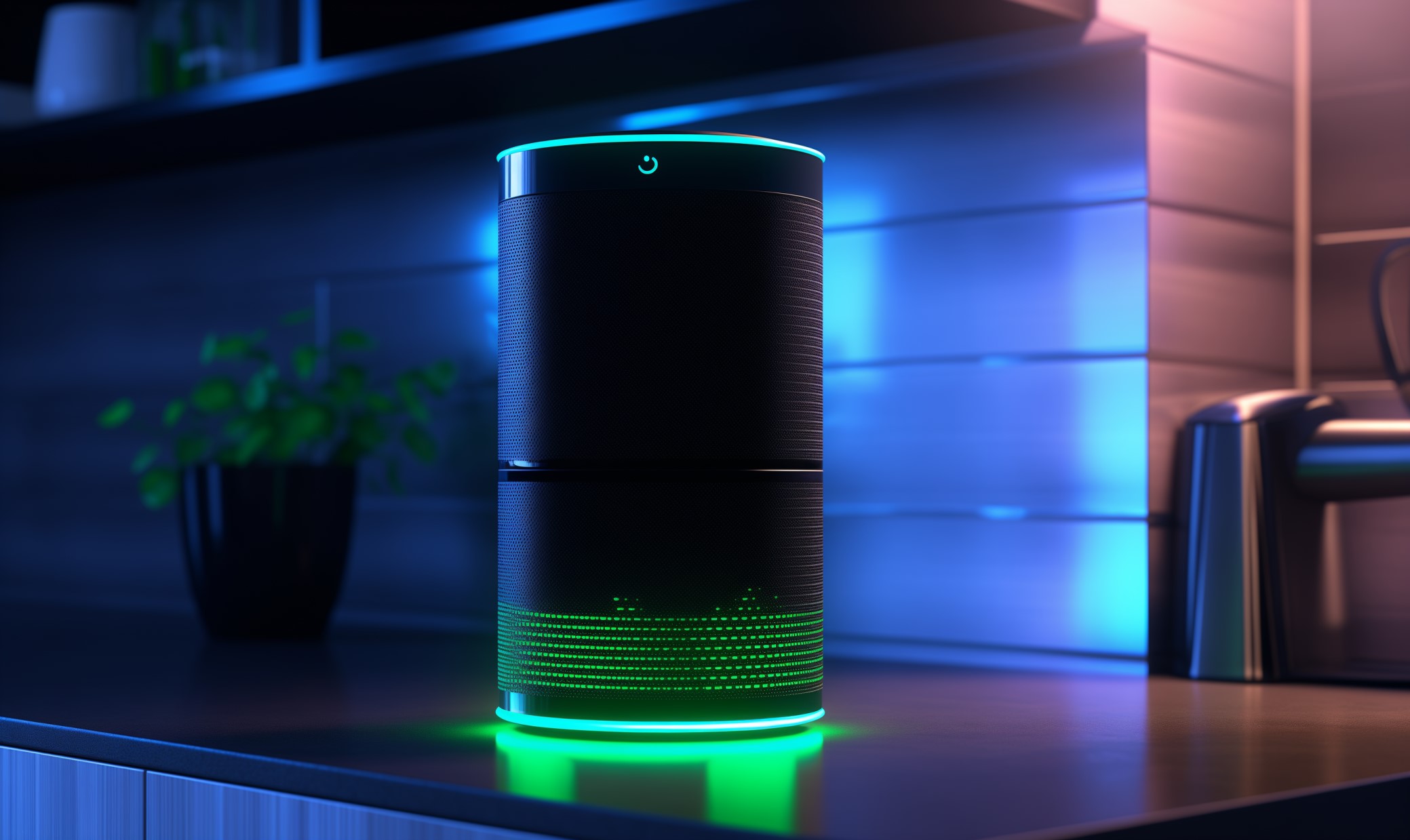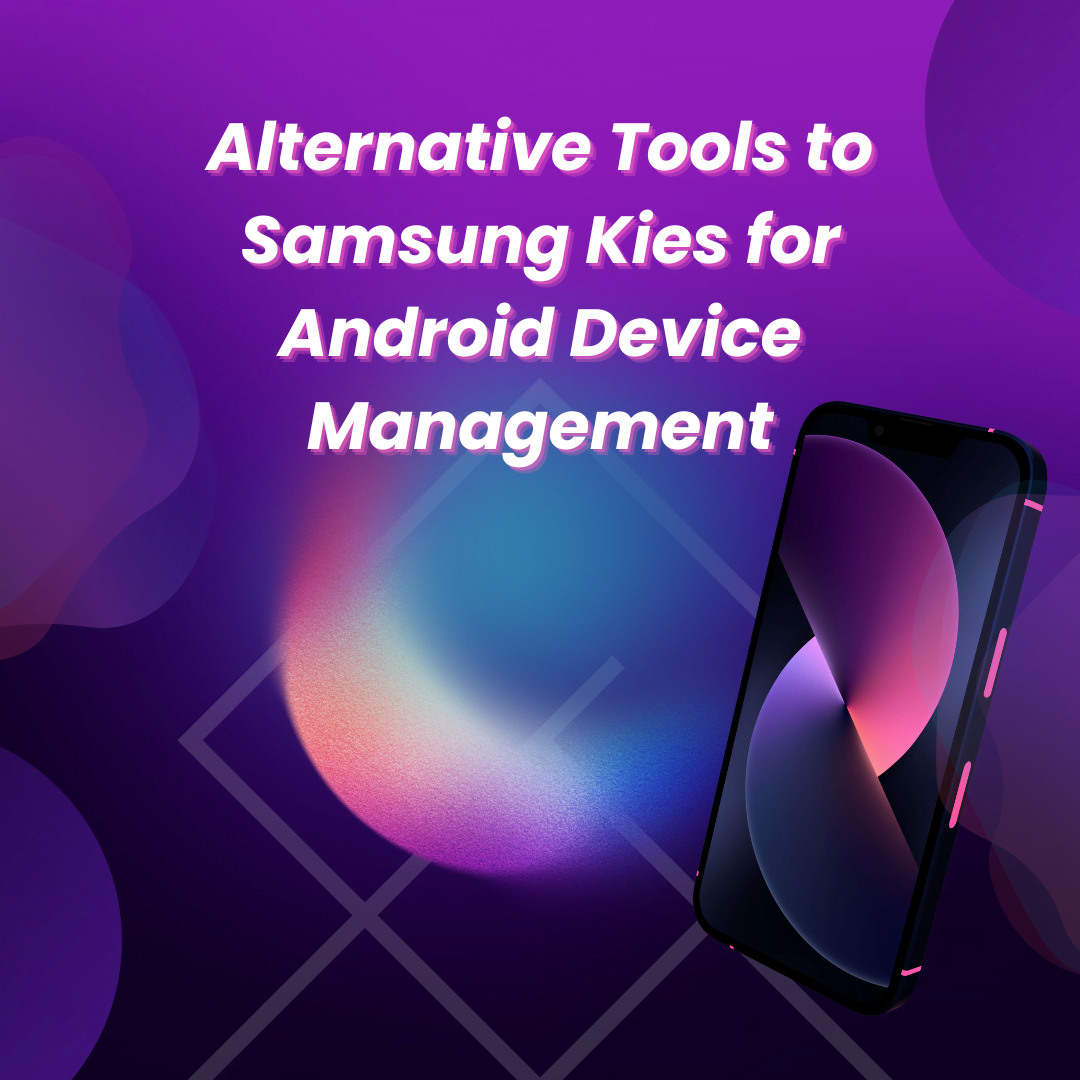Remote IoT Device Management: A Comprehensive Guide
In an era defined by unprecedented connectivity, is it possible to oversee the intricacies of the Internet of Things from a distance? Absolutely. RemoteIoT device management empowers seamless control, configuration, and maintenance of IoT devices, regardless of physical location, ensuring peak performance and fortified security.
As the digital world evolves, the need for proficient remote management solutions intensifies. With the expected proliferation of billions of IoT devices globally in the coming years, mastering RemoteIoT device management will be crucial to guarantee scalability, reliability, and security across expansive IoT ecosystems.
This comprehensive guide delves into the core principles and practical applications of RemoteIoT device management. From initial setup to troubleshooting common challenges, we will explore all the necessary aspects to attain proficiency in this increasingly critical field. Let's begin this exploration!
Table of Contents
- Introduction to RemoteIoT Device Management
- Benefits of RemoteIoT Device Management
- Setting Up Your RemoteIoT Environment
- Choosing the Right RemoteIoT Management Platform
- Security Considerations for RemoteIoT Management
- Configuring IoT Devices for Remote Access
- Monitoring IoT Devices Remotely
- Troubleshooting Common RemoteIoT Issues
- Best Practices for RemoteIoT Device Management
- Future Trends in RemoteIoT Management
Introduction to RemoteIoT Device Management
RemoteIoT device management, at its core, refers to the practice of controlling and monitoring Internet of Things (IoT) devices from a remote vantage point. This method is indispensable for maintaining device performance, reinforcing security protocols, and optimizing resource distribution. By leveraging the power of cloud-based platforms and advanced networking technologies, organizations can effectively manage large-scale IoT deployments without requiring a physical presence at the site.
Key Features of RemoteIoT Management
- Centralized control over multiple devices
- Real-time monitoring and data analytics
- Automated firmware updates and configuration changes
- Enhanced security through encryption and access controls
Understanding the fundamentals of RemoteIoT management lays the foundation for building a robust and resilient IoT infrastructure. Whether the task involves managing a handful of devices or thousands, the core principles remain constant: efficiency, scalability, and, above all, security.
Benefits of RemoteIoT Device Management
Implementing a RemoteIoT device management system offers a multitude of advantages for both businesses and individuals. The benefits are considerable and far-reaching, encompassing everything from significant cost savings to enhanced operational efficiency.
- Discover Sone 260 Your Digital Transformation Starts Now
- Decoding Sexy Videos Trends Tips More 2024 Guide
Cost Efficiency
One of the most compelling reasons to embrace RemoteIoT management is the potential for substantial cost savings. By eliminating the necessity for on-site visits, organizations can significantly reduce travel expenses and streamline maintenance processes. Furthermore, remote management facilitates improved resource allocation, ensuring that devices are utilized to their full potential.
Improved Scalability
As IoT deployments expand in scope and complexity, the ability to scale management operations becomes increasingly critical. RemoteIoT management platforms empower organizations to manage vast numbers of devices without compromising performance. This scalability is essential to maintain efficiency as IoT ecosystems evolve and grow.
Setting Up Your RemoteIoT Environment
Before diving into the specifics of managing IoT devices remotely, it's imperative to establish a suitable environment. This involves configuring the necessary hardware, software, and network settings to ensure seamless communication between devices and the management platform.
Hardware Requirements
- IoT devices with connectivity capabilities (Wi-Fi, cellular, etc.)
- Gateway devices for aggregating data from multiple sensors
- Computers or servers for hosting the management platform
Software Setup
Selecting the appropriate software tools is crucial for successful RemoteIoT device management. Several popular options are:
- AWS IoT Core
- Microsoft Azure IoT Hub
- Google Cloud IoT Core
Each platform offers unique features and advantages; therefore, it is essential to carefully evaluate your specific requirements before making a decision.
Choosing the Right RemoteIoT Management Platform
With a multitude of RemoteIoT management platforms available, selecting the ideal option for your specific needs can be a complex task. Key factors to consider include scalability, security features, ease of use, and integration capabilities. Let's delve deeper into some of the top platforms currently available.
AWS IoT Core
AWS IoT Core represents a powerful cloud-based platform specifically designed for managing large-scale IoT deployments. It offers robust security features, including end-to-end encryption and device authentication, along with seamless integration with other AWS services. However, the platform can present a learning curve for beginners, requiring a solid foundation in cloud computing concepts.
Microsoft Azure IoT Hub
Microsoft Azure IoT Hub stands out for its user-friendly interface and extensive documentation, making it an excellent choice for developers and IT professionals alike. The platform supports a wide range of programming languages and communication protocols, ensuring compatibility with diverse IoT devices. Furthermore, Azure IoT Hub offers advanced analytics capabilities, enabling effective processing and visualization of device data.
Security Considerations for RemoteIoT Management
Security is paramount when managing IoT devices remotely. Given the growing number of cyber threats targeting IoT ecosystems, implementing robust security measures is essential for safeguarding sensitive data and ensuring device integrity.
Encryption and Authentication
Encrypting data transmissions and implementing strong authentication mechanisms are critical for securing RemoteIoT management systems. This involves employing protocols such as TLS/SSL for encrypted communication and utilizing multi-factor authentication to control user access.
Regular Updates and Patching
Keeping IoT devices and management platforms updated with the latest firmware and software patches is essential to address security vulnerabilities. Automated update mechanisms can simplify this process, ensuring devices remain secure without requiring constant manual intervention.
Configuring IoT Devices for Remote Access
Proper configuration of IoT devices is a fundamental step in enabling remote management capabilities. This involves setting up network parameters, defining access controls, and configuring device settings to optimize performance.
Network Configuration
IoT devices must be configured to connect to the appropriate network, be it Wi-Fi, cellular, or another connectivity option. Ensuring stable and reliable network connectivity is crucial for maintaining communication between devices and the management platform.
Access Control Settings
Implementing granular access controls ensures that only authorized users can remotely manage IoT devices. This involves defining user roles and permissions, as well as enforcing stringent password policies and session timeouts.
Monitoring IoT Devices Remotely
Real-time monitoring of IoT devices is a cornerstone of effective RemoteIoT device management. This allows organizations to track device performance, identify anomalies, and proactively respond to potential issues.
Real-Time Data Analytics
Utilizing advanced analytics tools, such as machine learning algorithms, can provide organizations with valuable insights into IoT device behavior. By analyzing data patterns and trends, organizations can identify potential issues before they escalate into more significant problems.
Alerts and Notifications
Setting up automated alerts and notifications ensures that key stakeholders are promptly informed of critical events in real-time. This enables swift action to be taken, minimizing downtime and reducing the impact of potential problems.
Troubleshooting Common RemoteIoT Issues
Even with meticulous planning, issues can arise when managing IoT devices remotely. Understanding common problems and how to address them is crucial for maintaining a stable and reliable IoT ecosystem.
Network Connectivity Problems
Network connectivity problems represent one of the most frequently encountered challenges in RemoteIoT management. Troubleshooting steps may include verifying network settings, restarting devices, or contacting network providers for assistance.
Device Configuration Errors
Misconfigured devices can lead to communication failures and degraded performance. Verifying device settings and ensuring compatibility with the management platform are essential for resolving these issues.
Best Practices for RemoteIoT Device Management
Adopting best practices for RemoteIoT device management can significantly enhance the efficiency and effectiveness of your operations. These practices encompass:
- Regularly reviewing and updating security policies
- Implementing a robust backup and recovery strategy
- Documenting device configurations and management procedures
By adhering to these guidelines, organizations can ensure that their IoT ecosystems remain secure, scalable, and easily manageable.
Future Trends in RemoteIoT Management
The field of RemoteIoT device management is undergoing rapid evolution, with new technologies and innovations constantly emerging. Some of the most promising trends include:
Edge Computing
Edge computing enables data processing to occur closer to the source, reducing latency and improving performance. This technology is poised to play a significant role in the future of RemoteIoT management, allowing for more efficient data handling and real-time decision-making.
Artificial Intelligence and Machine Learning
AI and ML technologies are increasingly integrated into RemoteIoT management platforms, providing advanced analytics capabilities and predictive maintenance features. These technologies will continue to transform how organizations manage IoT devices, driving greater efficiency and innovation.
| Category | Details |
|---|---|
| Topic | Remote IoT Device Management |
| Core Concept | The practice of controlling, configuring, monitoring, and maintaining Internet of Things (IoT) devices from a remote location. |
| Key Functionality |
|
| Benefits |
|
| Essential Components |
|
| Platform Examples |
|
| Security Aspects |
|
| Configuration Essentials |
|
| Monitoring Techniques |
|
| Troubleshooting Tips |
|
| Best Practices |
|
| Future Trends |
|
| Website Reference | AWS IoT Core Official Website |


Detail Author:
- Name : Mrs. Shanon Feeney
- Username : carol.jacobi
- Email : vzulauf@wolff.com
- Birthdate : 1992-05-31
- Address : 6236 Carroll Crest Zoieside, LA 11361
- Phone : (303) 232-3720
- Company : Windler Group
- Job : Plating Operator OR Coating Machine Operator
- Bio : Ipsum commodi id vel doloribus sunt ipsam quia. Praesentium corporis dolores odio dignissimos temporibus amet. Magni quia deserunt praesentium aut qui omnis eius. Voluptatem vitae sunt consequatur.
Socials
tiktok:
- url : https://tiktok.com/@hollis3502
- username : hollis3502
- bio : In officiis nesciunt reprehenderit ducimus sunt error quo.
- followers : 2171
- following : 711
linkedin:
- url : https://linkedin.com/in/hollistreutel
- username : hollistreutel
- bio : Rem dolorum qui minima dolorem.
- followers : 3298
- following : 1746